The Ultimate Guide to Dog Grooming at Home: Keep Your Pet Looking Their Best
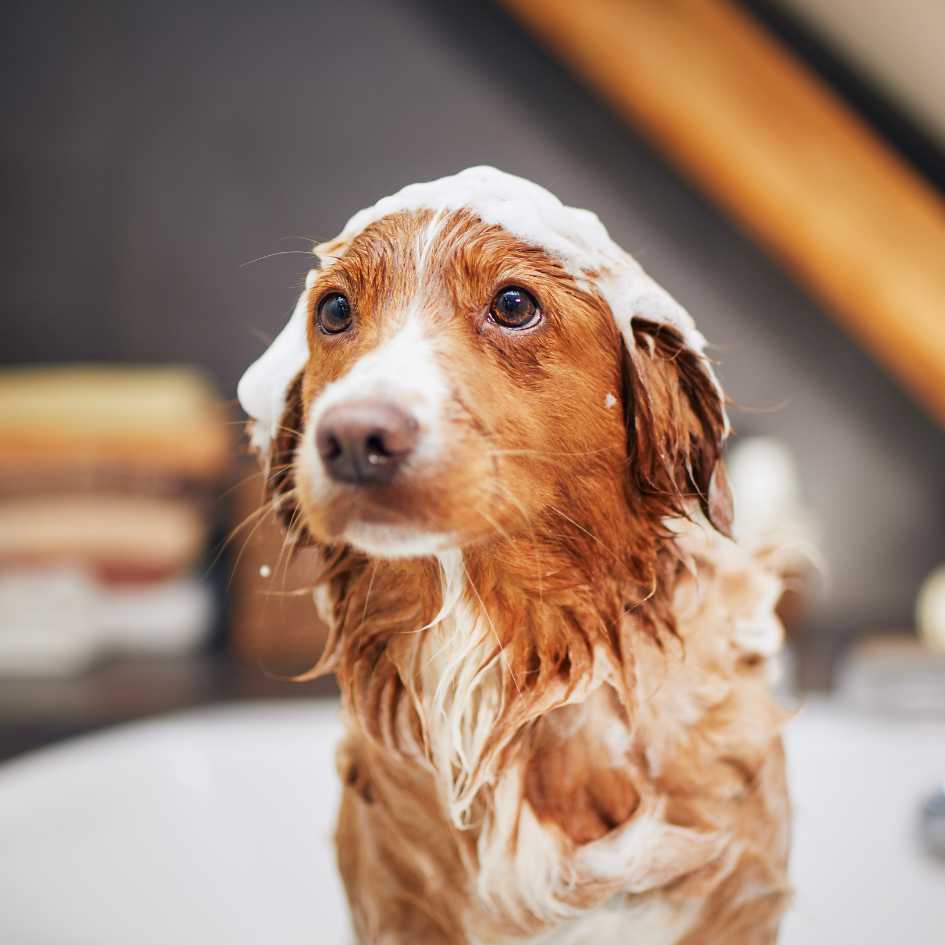
Grooming your dog at home is more than a beauty routine—it’s a vital part of your pet’s health and happiness. This guide will walk you through the best techniques, tools, and tips for grooming at home, giving you the confidence to care for your furry friend without needing constant visits to a professional groomer.
From brushing and trimming to nail clipping and bathing, dog grooming at home is not only doable—it’s enjoyable once you get the hang of it. Read on to learn how grooming your dog regularly helps maintain their hygiene, prevents health issues, and strengthens your bond with your pet.
Why Should You Groom Your Dog at Home?

Grooming your dog is essential for their comfort, hygiene, and overall health. It helps prevent matting, reduces the risk of infection, and gives you the chance to check for abnormalities like lumps, ticks, or skin irritations.
Many pet owners find that dog grooming at home also saves time and money. With a few basic skills, you can keep your dog well-groomed at home and tailor the grooming experience to your dog’s unique needs. Whether your pet is particularly anxious or just enjoys your company, at-home sessions can be more relaxed and positive.
Regular grooming sessions build trust between you and your dog, making the process smoother over time. Plus, nothing beats seeing your furry friend looking their best after a good grooming.
How Often Should You Groom Your Dog?
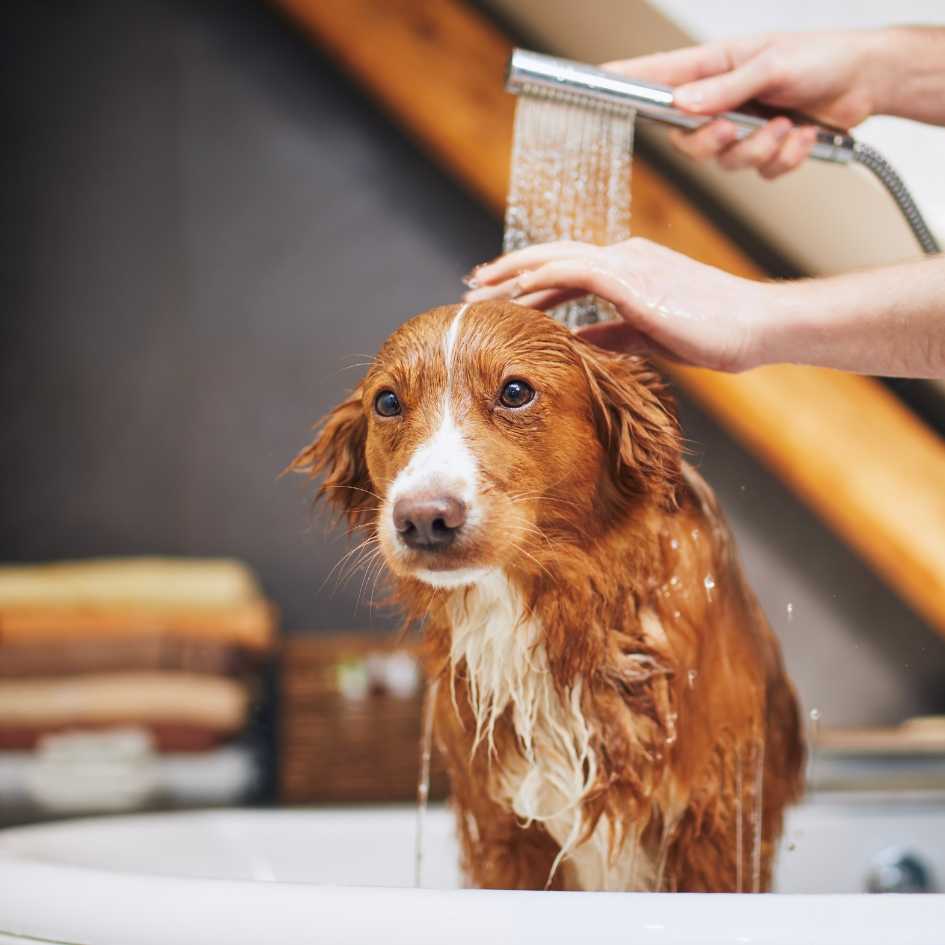
The frequency of grooming your dog depends on the breed, coat type, and activity level. A good rule of thumb is to brush your dog at least once a week, though long-haired breeds might need daily care to prevent tangles and mats.
Baths can be given every 4–6 weeks, but if your dog gets dirty often or has a skin condition, you may need to bathe them more frequently. Nail trimming should be done every 3–4 weeks, while ear checks and brushing should be part of your regular routine.
Understanding your dog’s breed and coat type is essential to creating the right grooming schedule. Long-haired breeds like Golden Retrievers need more frequent brushing and trimming, while short-haired dogs may need less frequent but still regular care.
What Tools Do You Need for At-Home Grooming?
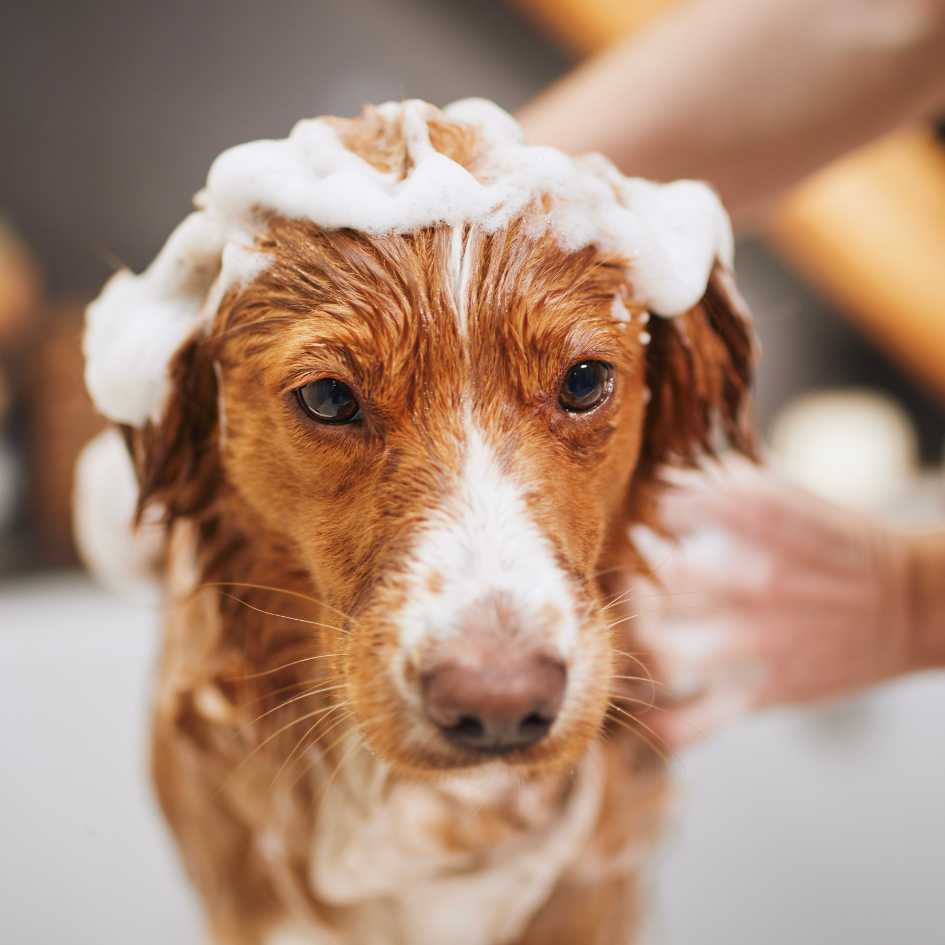
Investing in the right tools makes grooming at home easier and safer. Some essential items include:
- A slicker brush or comb to remove mats, debris, and loose fur
- Dog-specific shampoo and conditioner
- Nail clippers or a grinder designed for dogs
- Clippers or scissors for trimming
- Cotton balls and a gentle ear cleaner
- A soft towel or a doggy dryer
Using tools like a quality brush and dog shampoo ensures a more pleasant experience for both you and your pet. Don’t forget a toothbrush to keep your dog’s mouth clean—hygiene includes dental care too.
Remember to introduce tools slowly and reward your dog with treats and praise to build a positive association.
How Do You Properly Brush Your Dog’s Coat?
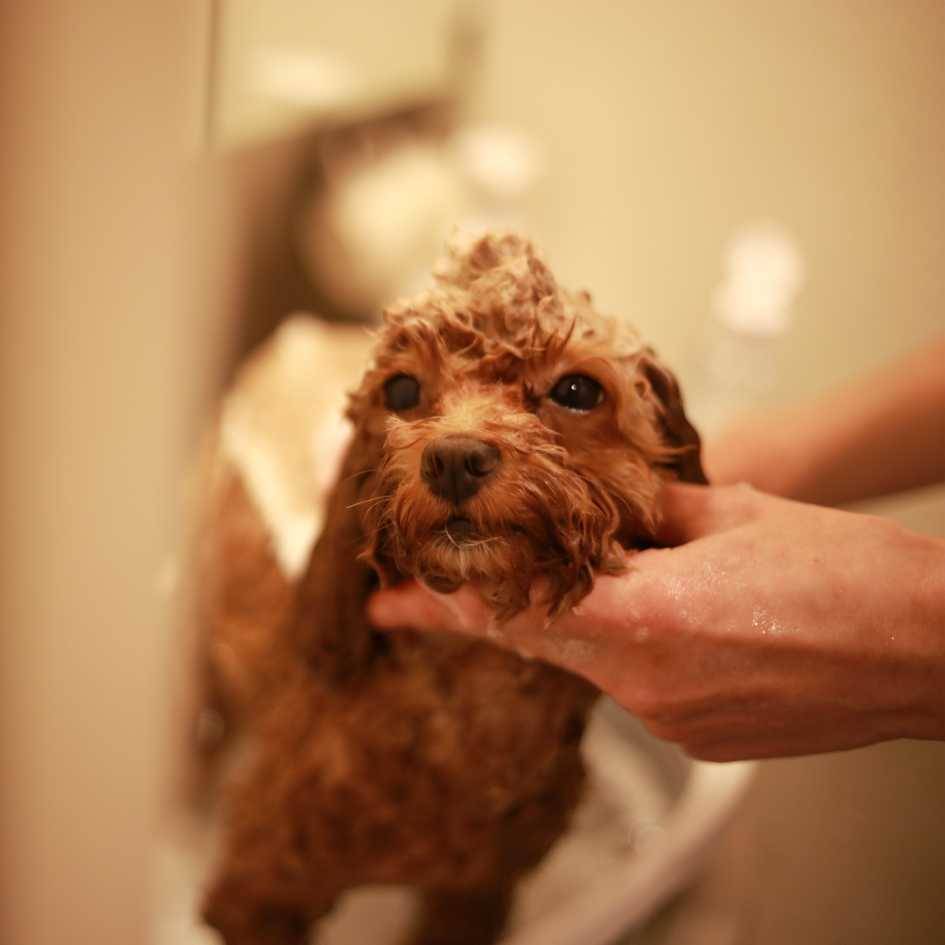
Brushing your dog’s coat removes dead hair, prevents matting, and distributes natural oils that keep the coat healthy. Begin by using a slicker or comb suited to your dog’s hair length.
Start gently, especially around sensitive areas like the face and belly. Take your time and work in small sections. For long-haired breeds, a detangling spray can help loosen tangles.
If you encounter a mat, don’t yank—use a mat splitter or detangler and slowly work it out. Regular brushing also allows you to check for fleas, bumps, or signs of irritation.
What’s the Right Way to Trim Your Dog’s Fur?
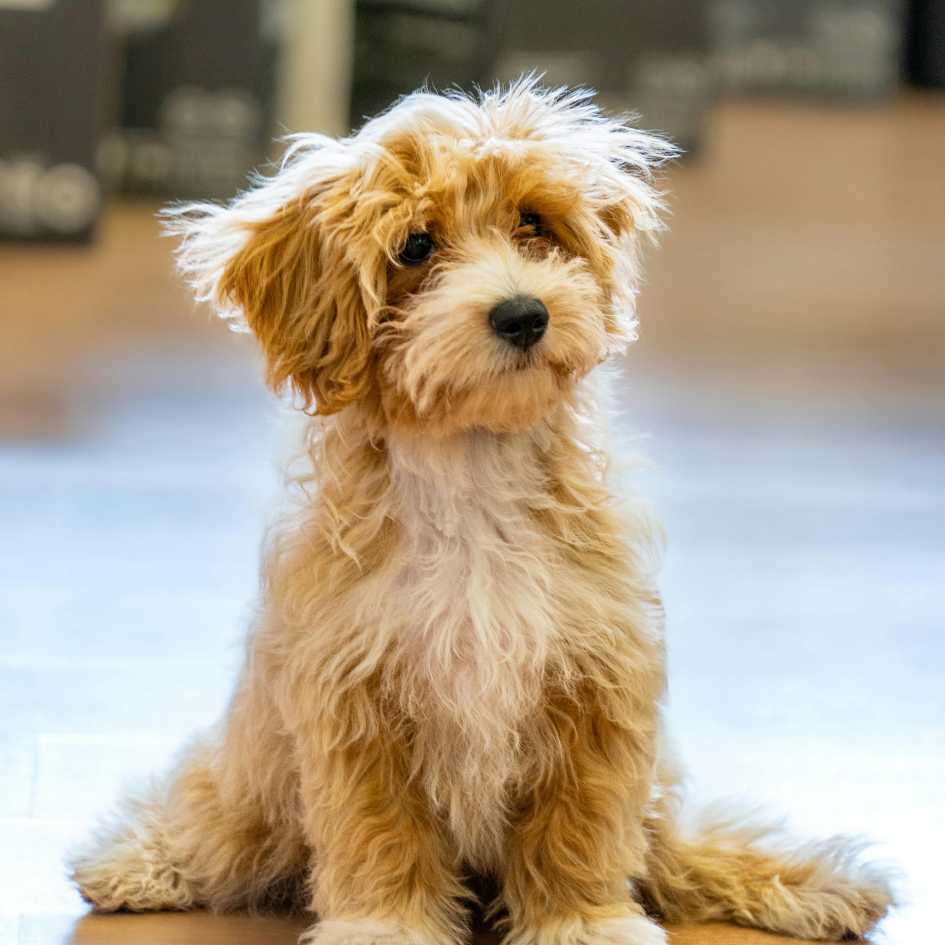
To trim your dog’s fur, you’ll need scissors and/or electric clippers. Use clipper guards to avoid cutting too close to the skin and hurting your pet.
Focus on areas where hair tends to overgrow—ears, paws, belly, and hindquarters. Always trim in the direction of hair growth to avoid discomfort. Some dogs may be skittish with buzzing sounds, so take it slow and keep the atmosphere calm.
Trimming is crucial for their comfort, especially during hot weather. It’s okay to seek professional help if you’re unsure, but with practice, you’ll master at-home grooming safely.
How to Clip Your Dog’s Nails Without Stress
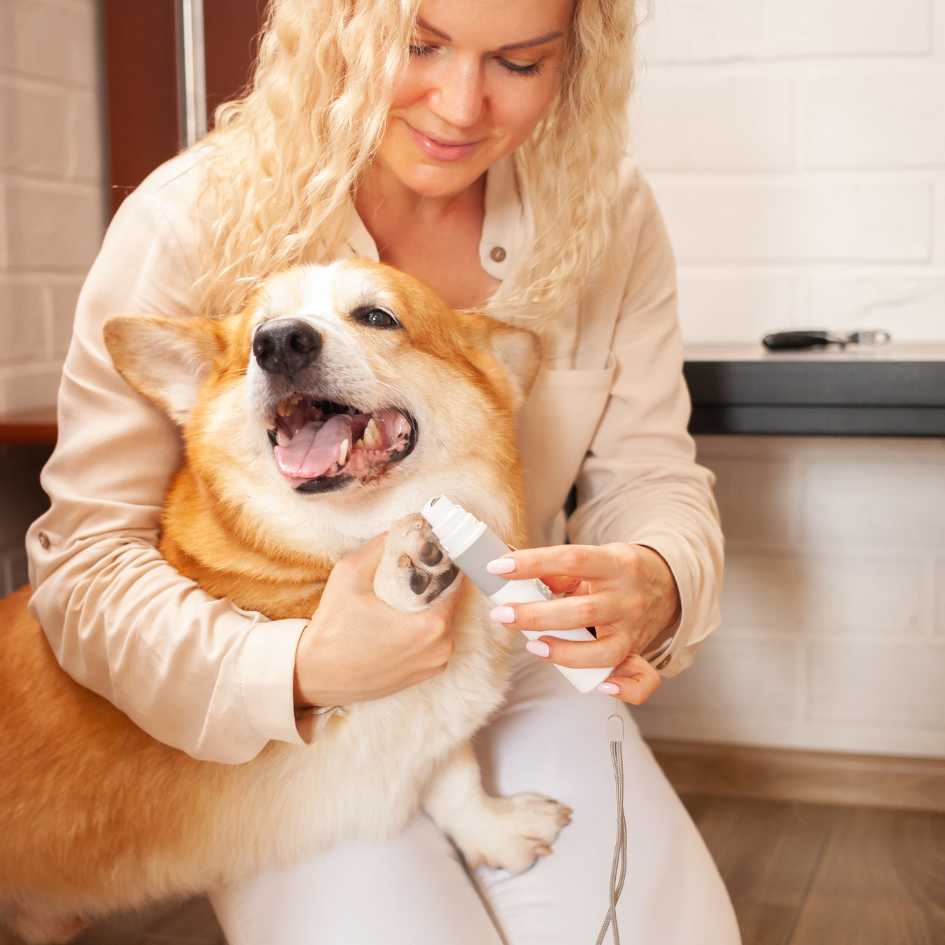
Clipping your dog’s nails is one of the trickiest parts of dog grooming, but it’s necessary to prevent painful walking and bleeding. Use nail clippers made for dogs—never human ones.
Look for the pink “quick” inside light-colored nails, and avoid cutting into it. For dark nails, take off small bits at a time. If you accidentally clip too far and cause bleeding, apply styptic powder to stop it quickly.
Patience is key. Some dogs may need multiple sessions to get comfortable. Use treats and praise, and always check the paws for any cracks or debris while you’re at it.
How to Bathe Your Dog at Home Without a Mess
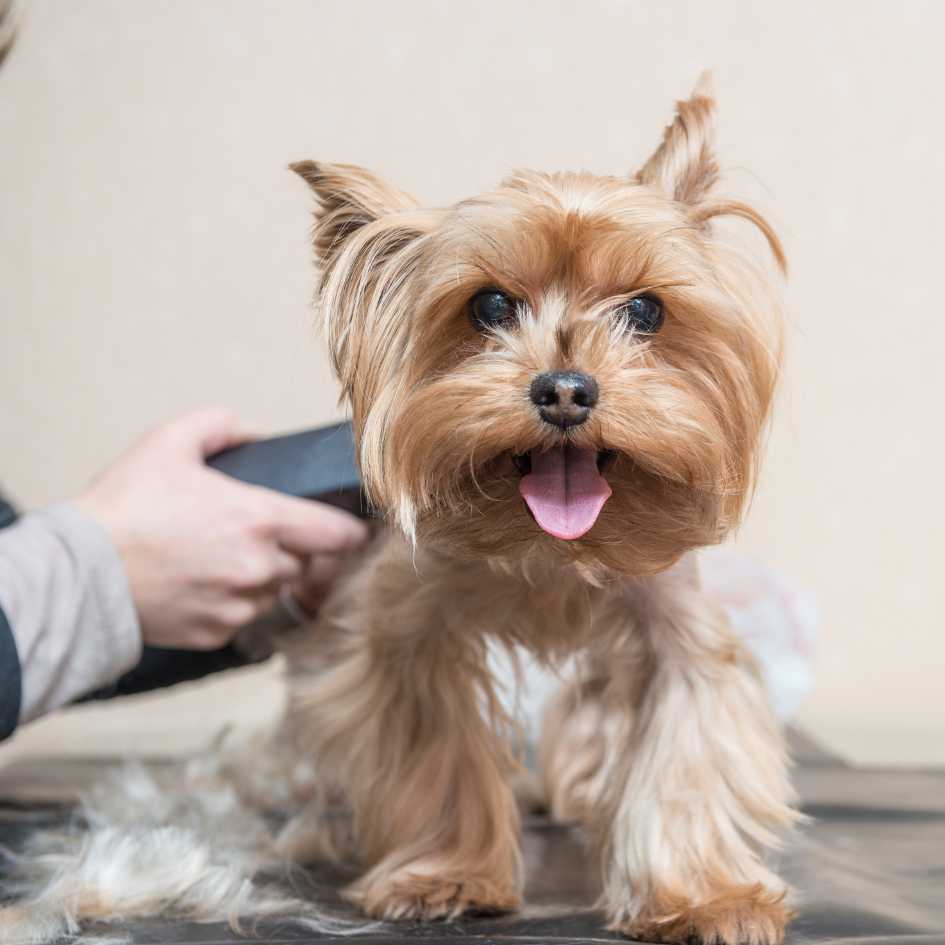
To bathe your dog at home, first brush out any mats or tangles. Then wet your dog’s fur thoroughly using a hose or cup, avoiding the eyes and ears.
Apply a dog-specific shampoo and work it into a lather, massaging the coat and skin. Rinse thoroughly, ensuring no residue is left behind, as it can cause irritation.
Towel-dry your dog or use a dog dryer on a cool setting. Be sure to clean the bath area afterward to remove fur and dirt. Bathing is a great bonding time and contributes to keeping your dog healthy.
What’s the Best Way to Clean Your Dog’s Ears?

Cleaning your dog’s ears helps prevent wax buildup and infection. Use a gentle ear cleaner and a soft cloth or cotton ball—never insert anything deep into the ear canal.
Gently lift the ear flap, apply the cleaner, and wipe the outer area. Watch for signs of irritation, bad odor, or discharge—these may require a veterinarian visit.
Regular grooming includes checking the ears, especially for floppy-eared dogs prone to infections. Keeping them clean ensures your dog stays healthy and happy.
Can You Handle Sensitive Areas Like the Face Safely?
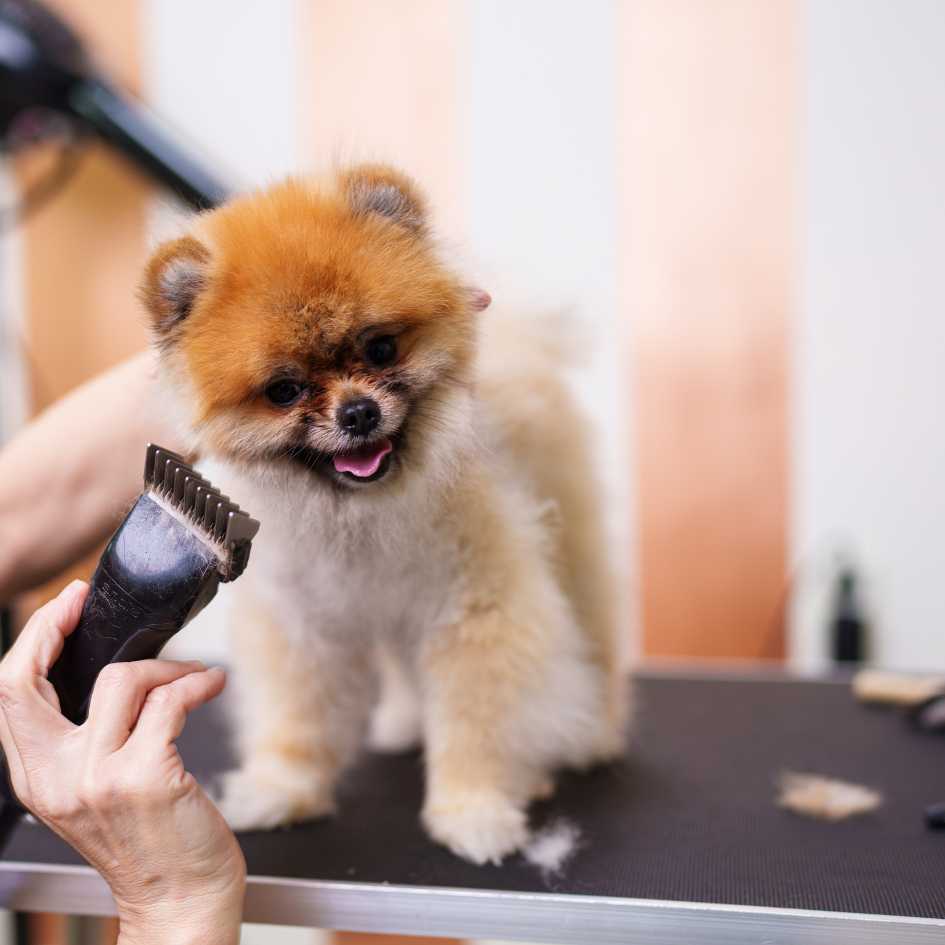
Yes, but it requires patience and care. Use rounded-tip scissors or a small clipper when grooming your dog around the eyes, ears, and mouth. Always keep your hand steady and your dog calm.
Use a damp cloth to wipe tear stains and a soft toothbrush for facial cleaning. Avoid using strong products on the face—opt for dog-specific gentle cleaners.
Work slowly, take breaks, and reward your dog often. Handling sensitive areas like the face properly reduces stress and prevents injury.
When Should You Seek Professional Grooming Help?
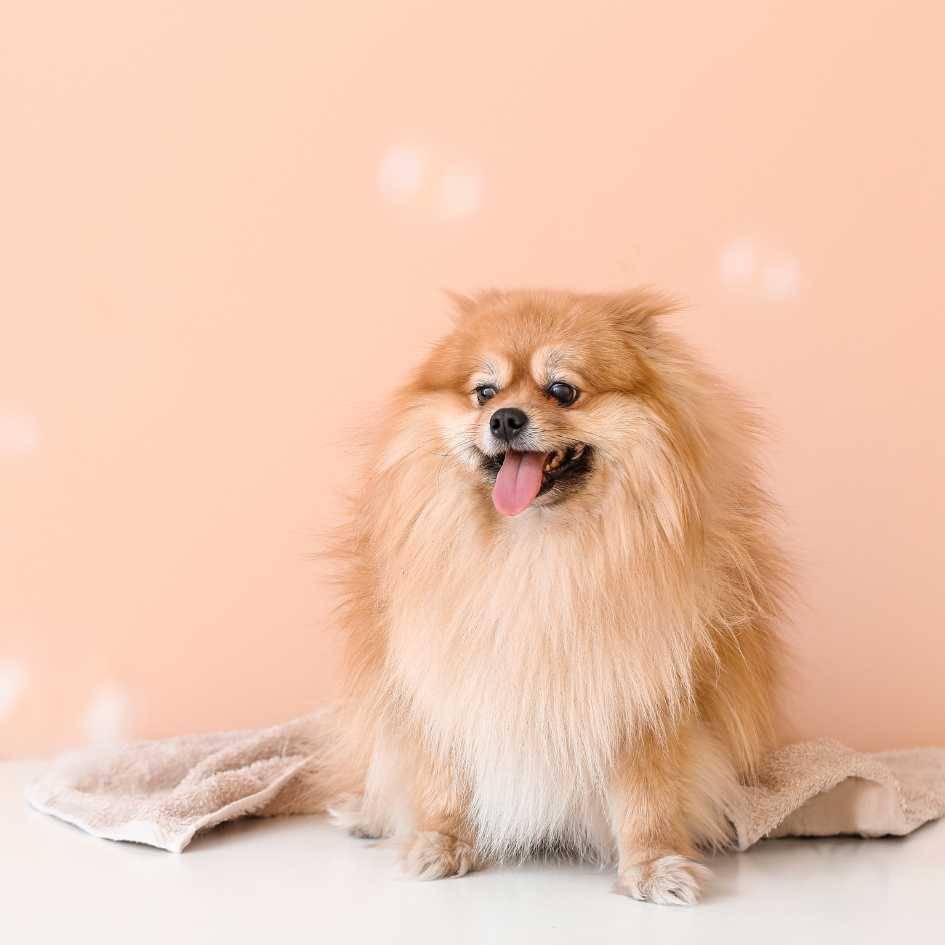
While grooming at home covers most needs, some situations require a professional groomer. Seek help if your dog has severe matting, skin conditions, or if you’re uncomfortable using clippers.
A professional groomer has the expertise and tools to handle complex grooming sessions. Also, dogs with behavioral issues or special needs might benefit from expert handling.
Always consult your vet or groomer when in doubt. Prioritizing your dog’s well-being ensures they get the care they deserve.
Key Tips for At-Home Dog Grooming
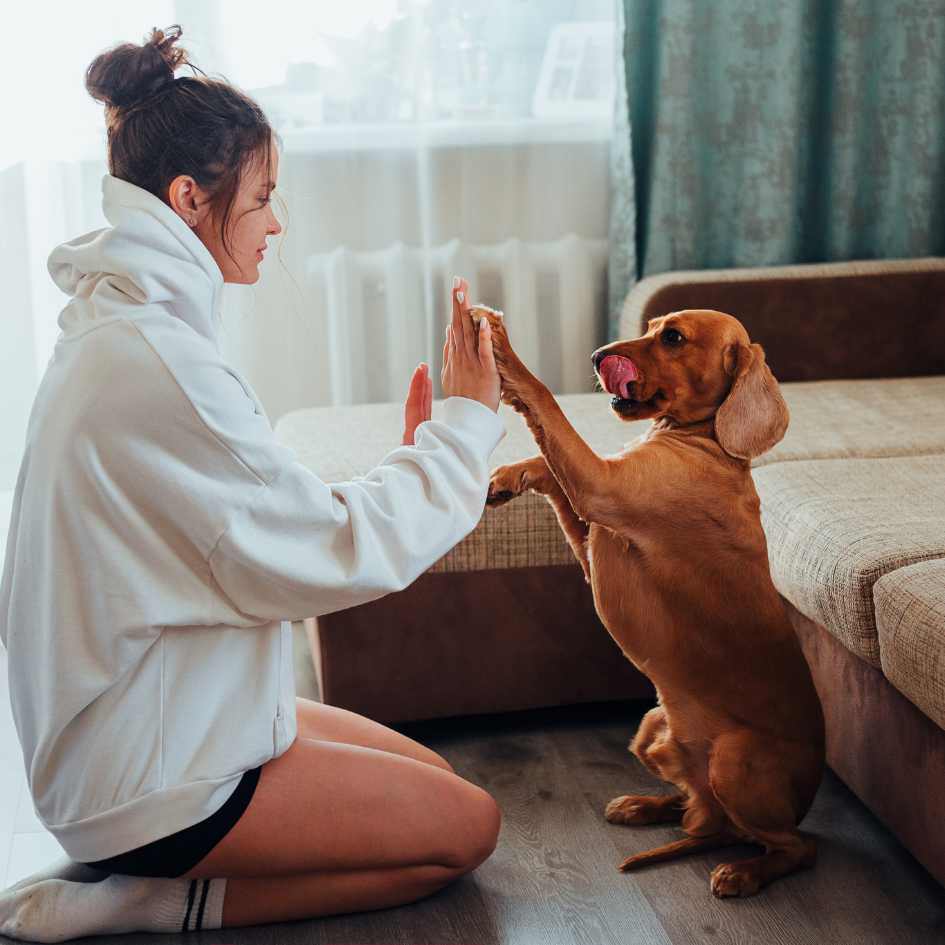
- Brush regularly: Keeps the coat clean and prevents tangles and mats.
- Trim fur and nails: Focus on comfort and health, not just looks.
- Use the right tools: Invest in quality brushes, clippers, and shampoo.
- Be gentle around sensitive areas: Face, paws, and ears need extra care.
- Bathe with care: Use dog-specific products and dry thoroughly.
- Clean ears and teeth: Essential for hygiene and overall health.
- Start slow and reward often: Build trust through patience and treats and praise.
- Know when to seek professional help: Don’t risk injury or infection.
- Check regularly: Look for signs of irritation, bleeding, or discomfort.
- Make it fun: A well-groomed dog at home is a happy and healthy pet.
With these tips and techniques, you’re on your way to becoming a confident groomer, giving your dog the love and care they deserve—right from the comfort of home.







































